You’re sitting at home, maybe relaxing after a long day, when your phone lights up with a call no name, no number. Just “No Caller ID.” You hesitate. Should you answer it? What if it’s important? Or worse what if it’s a scam?
If that sounds familiar, you’re not alone. Unknown callers have become a daily headache for millions of Americans. Sometimes it’s a robocall. Other times, it’s someone deliberately hiding their number. Either way, these calls waste your time, test your patience, and can even put your personal info at risk.
In this article, we’ll break down exactly what “No Caller ID” means, why these calls happen, and what you can do to stop them. Whether you’re trying to track down who’s behind that number or simply want to block them for good, you’ll get clear, step by step.
You deserve to feel safe when you pick up your phone. Let’s make sure the next time it rings, you know who’s on the other end.
Contents
How To Find Who Is Behind A Burner Phone Number:
You have the following methods below to find who is behind a Burner phone number:
1. Phone Tracker By Number App
You can use the Phone Tracker By Number App to find out who is behind a burner phone number.
This app provides a solution by using its advanced tracking system to find the identity associated with the given number.
🔗 Link: https://play.google.com/store/apps/details?id=mg.locations.track5
🔴 Steps to Follow:
Step 1: First, open the Phone Tracker By Number App.
Step 2: After that, enter the burner phone number in the specified field.
Step 3: Now, click on the “Search” button to start tracing.
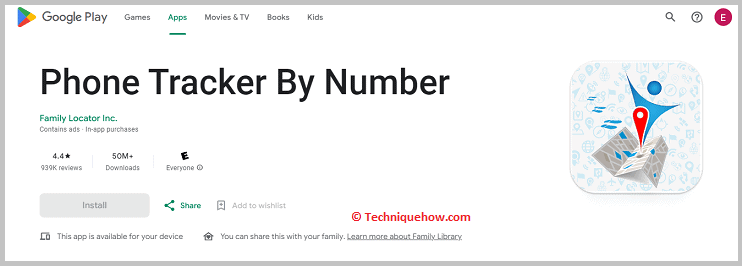
Step 4: Now, the app will perform a thorough search and provide you with the information related to the burner number.
You can view the results on the app’s dashboard, which will display the details of the person behind the burner phone number.
2. Social Media Search
You can try the social media search and for this, can use popular social media platforms. You can find valuable information about the person behind a burner phone number.
🔴 Steps to Follow:
Step 1: First of all, open your preferred social media platform.
Step 2: After that, enter the burner phone number in the search bar.
Step 3: Now, analyze the search results for any profiles or information associated with the number.
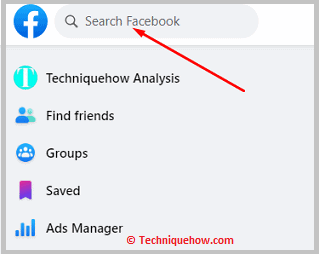
Here, you can see the profiles and posts to get more details about the person behind the burner number.
3. Use Third-Party Call Blocking Apps
These apps go beyond your phone’s default settings.
- Apps like Hiya, Truecaller, or RoboKiller identify and filter scam calls.
- They use massive databases to detect and block known spam numbers.
- Some even allow you to record and report suspicious calls.
- Paid versions offer advanced features like real-time caller ID and voicemail filtering.
📌 TIP
Stick with apps that are highly rated and don’t collect or sell your contact data.
4. Reverse Phone Lookup: TrueCaller
You can also use the reverse phone lookup website to find out who is behind a burner phone number.
TrueCaller provides a solution to this issue by searching its extensive databases for information related to the given number.
🔴 Steps to Follow:
Step 1: First, visit the TrueCaller phone lookup website: https://www.truecaller.com/ and login.
Step 2: Then, enter the burner phone number in the search bar provided on the website.
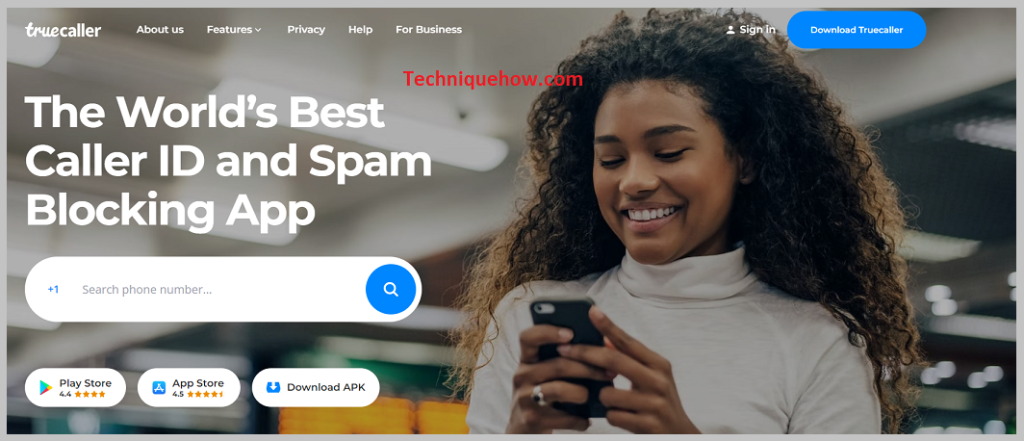
Step 3: Next, initiate the search and allow the website to scan its database for any available information.
Now, you will see the results, which may include the identity and other details associated with the burner phone number.
5. Find Out Who’s Calling You
If you really want to know who’s behind the call, there are legal ways to investigate.
Step 1: Check your voicemail sometimes they leave a name or callback number.
Step 2: Use reverse lookup websites (like Whitepages, Spokeo, or BeenVerified).
Step 3: Contact your carrier they may be able to trace persistent unknown callers.
Step 4: If you’re being harassed, report it to the FTC or local authorities.
📢 Note
Never share personal info over the phone unless you’re 100% sure who’s calling.
6. Contact Service Provider
You can contact the service provider associated with the burner phone number to find out who is behind it. By reaching out to the service provider, you can request information about the registered owner of the burner number.
🔴 Steps to Follow:
Step 1: First, get the necessary details about the burner phone number, such as the number itself and the name of the service provider.
Step 2: Here, contact the customer service department of the service provider either by phone or email.
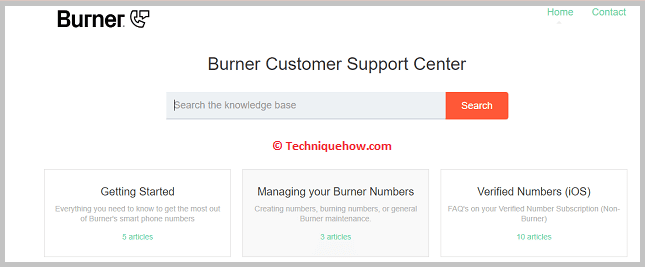
Step 3: Next, provide the relevant information to the customer service representative.
Step 4: Now, the service provider will assist you in determining the identity of the person behind the burner phone number (if that is as per their T&C).
How To Trace A Burner Number:
You have these two ways to trace any burner number by sending tracking links:
1. Grabify.link
You can use Grabify.link tool to trace a burner number as this tool allows you to generate a link that, when clicked by the target person, records their IP address and location.
🔴 Steps to Follow:
Step 1: First, go to the official website of Grabify: https://grabify.link/.
Step 2: Then, enter any URL to shorten the link.
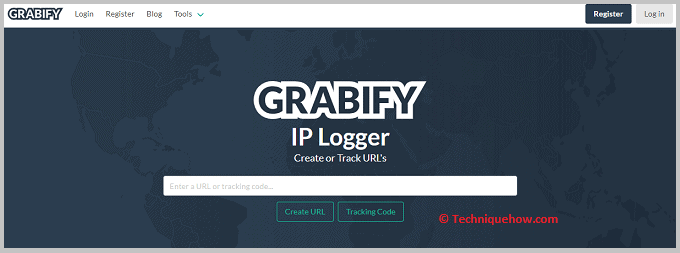
Step 3: Now, you can generate a link and share it with the target person.
You will see the recorded IP address and location of the person on the tool’s dashboard once they click on the link.
2. Iplogger.org
You can use the Iplogger.org tool to trace a burner number. This works by creating a link and when accessed by the target person, it gets their IP address and location.
🔴 Steps to Follow:
Step 1: First, open the Iplogger website: https://iplogger.org/.
Step 2: After that, enter the link you want to shorten to create link.
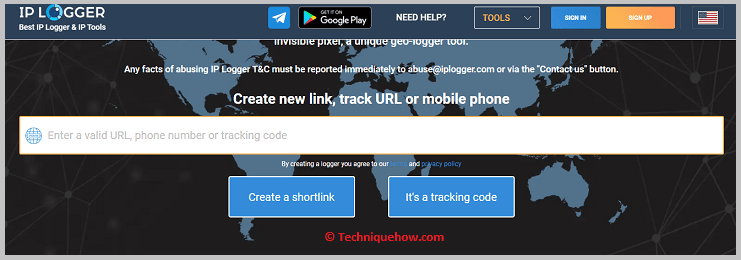
Step 3: Now, click the “Create a shortlink” button to get the shortened link.
Step 4: Now, you can share that link with the target person.
Step 5: Here, you can view the IP address and location of the person on the tool’s dashboard once they click on the link.
Conclusion:
In today’s world, where phone scams and hidden numbers are more common than ever, taking control of your call privacy isn’t just helpful it’s necessary. Whether you’re protecting your personal data or simply avoiding the annoyance of unknown callers, the right tool can make a big difference.
Apps like Hiya, Truecaller, and RoboKiller each offer unique features to help identify and block suspicious numbers. Built-in settings on iPhones and Android devices also provide a simple but effective layer of protection for free. The best solution depends on your personal needs whether you want strong privacy, advanced features, or just a basic blocker.
Frequently Asked Questions:
Generally, no. Burner numbers are designed to keep a user’s identity private. These numbers are managed by apps that assign and route calls or texts through their internal systems. Even if you search the number online or use tools like Twilio Lookup, you’ll only see the telecom provider not the user behind it. The actual owner’s details are stored securely by the app itself and are not publicly accessible.
Burner numbers aren’t bulletproof when it comes to privacy. While they make it harder to identify the user, they can still be traced under the right circumstances. Law enforcement agencies can use methods like location tracking, call detail records (CDRs), or surveillance tools such as Stingray devices to trace activity back to a real person especially during criminal investigations.
No, it doesn’t. When you use the Burner app to make calls, your actual phone number stays hidden. Instead, the call appears to come from your burner number, offering a layer of privacy. Incoming calls are routed through the app, so your personal number never shows up to the person you’re contacting.
Yes, it’s possible in some cases. If you’re getting repeated or threatening calls from a blocked number, you can use your carrier’s call trace feature by dialing *57 right after the call. This service logs the call and may share the details with law enforcement if needed. Just note it’s not meant for casual use and may involve a fee depending on your service provider.

